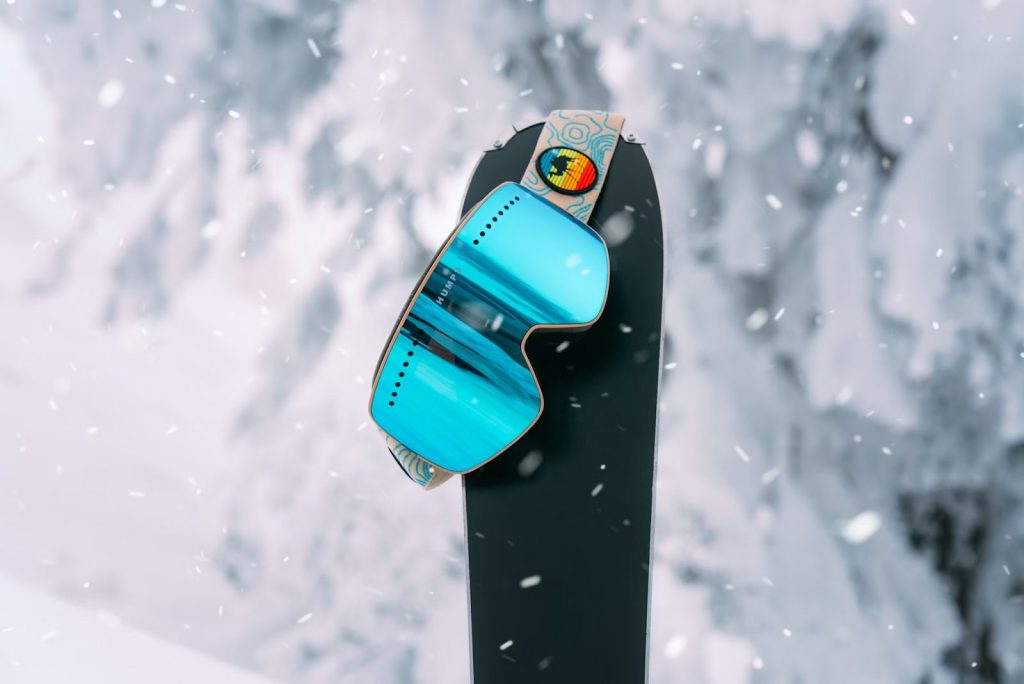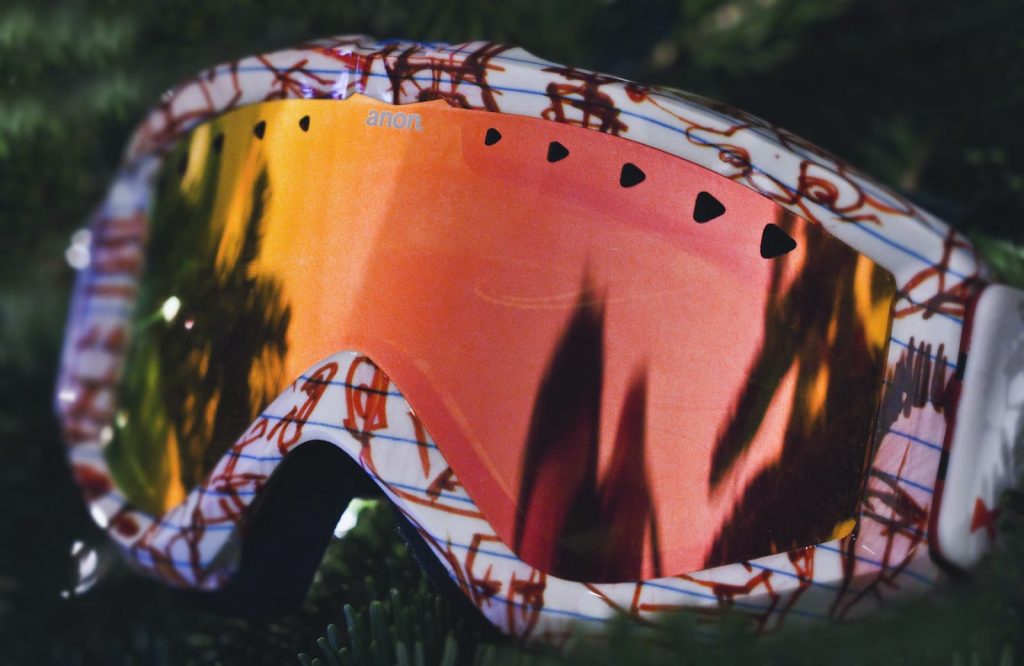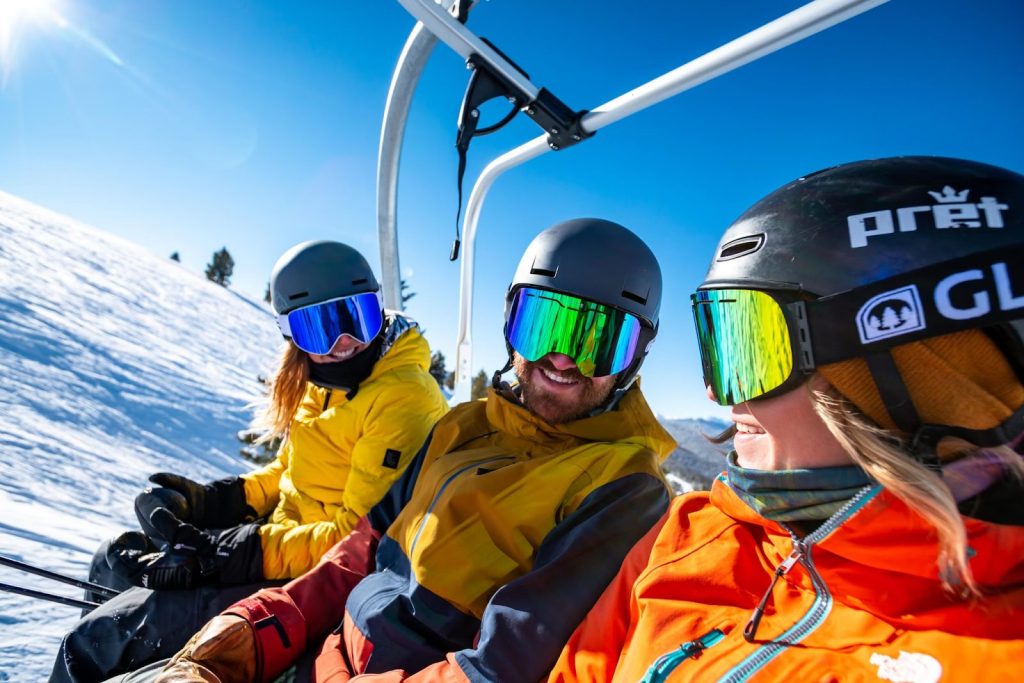
Heading to the slopes? Eye protection is a must. It’s not just about achieving that stylish look. More importantly, it’s about ensuring your safety and comfort.
This piece will provide you with key information on ski goggles and sunglasses. We’ll talk about everything from the importance of lens tints to the role of UV protection. The goal? To help you find the perfect fit for your needs.
We’ll also share our top selections in terms of eye protection gear. So, get ready. We’re here to make your next snowy escapade clearer and safer!
Understanding the Importance of Eye Protection
Understanding the Importance of Eye Protection
The significance of eye protection can’t be overstated, particularly for those who enjoy the thrill of the slopes. It’s a key aspect of both safety and comfort. Without the right gear, your eyes are left vulnerable to harsh conditions such as wind, snow, and damaging UV rays.
- The effects of wind and snow are the first concerns. Speeding down a snowy hill can cause your eyes to water due to the blowing wind and snow. This not only hampers your vision but also compromises the enjoyment of your ride.
More importantly, it’s a safety hazard. With impaired sight, you’re less able to identify obstacles or other skiers, which escalates the risk of accidents.
- UV rays are another major concern. An astounding 80% of UV radiation is reflected by snow. This means you’re subject to almost double the UV exposure, which can result in snow blindness. This is a temporary yet painful loss of vision.
- Let’s not forget that the right eye protection also enhances visibility. It aids in distinguishing contrasts in the snow, thus improving navigation of the terrain. It’s about more than just comfort – it’s a matter of safety. A solid pair of ski goggles or sunglasses should never be an afterthought. They’re a necessary part of your skiing gear.
Types of Ski Goggles and Sunglasses

- Let’s start with cylindrical goggles. These goggles feature a flat lens that wraps around your face. This design allows for a broad field of view. However, the flat design might cause some distortion at the edges. The good news? They’re usually more affordable.
- Next, we’ve spherical goggles. These are slightly more sophisticated. The lens of these goggles is curved, similar to the shape of the human eye. This design reduces glare and distortion. The downside? They’re a bit more expensive, but they do provide better visual clarity.
- Moving on to sunglasses, wraparound styles are a popular choice. They provide wide peripheral vision and protect against wind and UV rays. If you’re skiing in bright, sunny conditions, consider mirrored lenses. They’re designed to lessen glare, making your ski experience more enjoyable.
- Finally, let’s talk about photochromic lenses. These are pretty cool. They automatically adjust to changing light conditions. They darken in bright light and lighten in low light, meaning you won’t have to constantly switch glasses or goggles throughout the day.
The trick to picking the right ski eyewear lies in comfort and fit. It’s wise to try on several types to find what works best for you. The right eyewear not just protects your vision, but also enhances your overall skiing experience.
Evaluating Lens Tint and UV Protection

- Let’s start with lens tint. The color of your lenses can help enhance your vision in different weather conditions. Some colors, like brown and amber, are great for cloudy or snowy days as they improve contrast. On the other hand, yellow and green tints can make things clearer in low-light situations. It’s important to choose the tint that best matches the conditions you’ll be skiing in.
- Next up, let’s talk about Visible Light Transmission (VLT). VLT is a term that tells you how much light your lenses let through to your eyes. It’s usually given as a percentage. If you’re skiing on a bright, sunny day, you’ll want lenses with a lower VLT number. But if you’re hitting the slopes when it’s overcast, go for lenses with a higher VLT number.
- UV protection is another critical feature of ski eyewear. The sun’s UV rays can seriously damage your eyes, causing problems like cataracts and snow blindness. And don’t be fooled by the weather – UV rays can get through even on cloudy days. So, make sure your ski glasses or goggles offer 100% UV protection.
- Finally, consider polarized lenses. These reduce glare, which can be a real problem when the sun’s rays bounce off the snow. With polarized lenses, you’ll find it easier to see the shapes and contrasts on the slope.
In short, investing a bit of time in understanding these factors can significantly improve your skiing experience, not to mention protect your eyes. So, before you hit the slopes, make sure your eyewear is up to the task.
Selecting the Perfect Ski Goggles
When picking out a pair of ski goggles or sunglasses, the right fit and style are just as crucial as the lens tint and UV protection. The perfect fit can significantly enhance both your comfort and skiing performance. A pair that doesn’t fit well can be uncomfortable, impair your vision, and could even lead to injury.
The size and shape of your face are key factors when determining the right fit. Your goggles should sit snugly around your eyes. There should be no space for wind or snow to creep in. Also, the strap should be adjustable.
This is to ensure a secure fit without too much pressure on your face or ears. It’s important to make sure the nose piece doesn’t pinch. It should rest comfortably on your nose bridge.
Moving on to style, it goes beyond just being a fashion statement on the slopes. It can actually impact how you view your surroundings. For instance, goggles with larger lenses provide a wider field of view.
This is particularly beneficial for high-speed downhill skiing. On the other hand, compact styles with smaller lenses are more lightweight. These are ideal for cross-country skiing.
Conclusion
When planning your icy adventures, don’t overlook the importance of ski goggles and sunglasses. But it’s not just about looking stylish on the slopes. These accessories offer much more than just a fashion statement.
The first thing to consider is UV protection. Exposure to ultraviolet light can be harmful to your eyes, and the risk is even greater when you’re skiing. The snow reflects sunlight, increasing the amount of UV light that reaches your eyes. Therefore, it’s essential to choose eyewear that provides adequate UV protection.
The tint of the lens is another crucial aspect. Different tints enhance visibility in various light conditions. For instance, yellow or gold lenses are ideal for foggy conditions, while dark tints like black or gray are suitable for bright, sunny days.
Lastly, a proper fit is essential. Your goggles or sunglasses should fit snugly, without causing discomfort. They should also be compatible with your helmet.
Whether you’re a beginner or a seasoned skier, investing in top-quality eyewear is a must. It’s not just about enhancing your performance; it’s about protecting your eyes from potential damage. So gear up wisely and let nothing hinder the exhilaration of your downhill journey!
The post Shielding Your Eyes on the Slopes: Ski Goggles and Sunglasses for Travelers appeared first on Travel Experta - Travel, Lifestyle, Freedom.
------------------------------------------
By: Marina 'Travel Experta'
Title: Shielding Your Eyes on the Slopes: Ski Goggles and Sunglasses for Travelers
Sourced From: travelexperta.com/ski-goggles-and-sunglasses-for-travelers/
Published Date: Wed, 25 Oct 2023 20:20:38 +0000
Did you miss our previous article...
https://consumernewsnetwork.com/travel-news/students-can-save-money-on-travel






